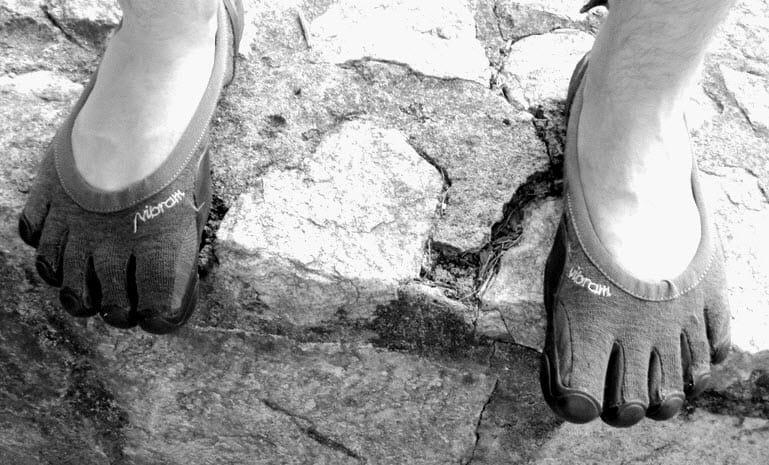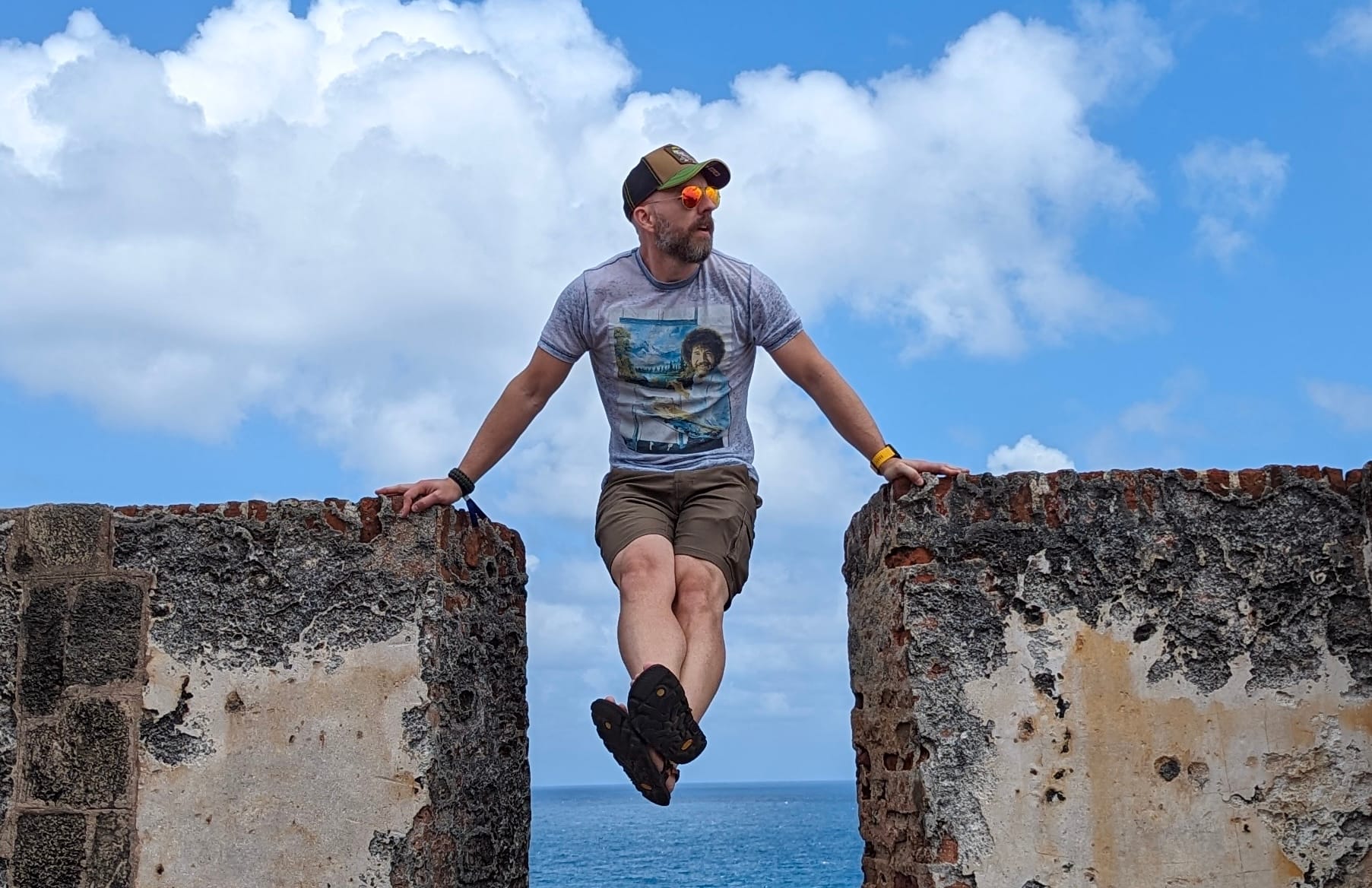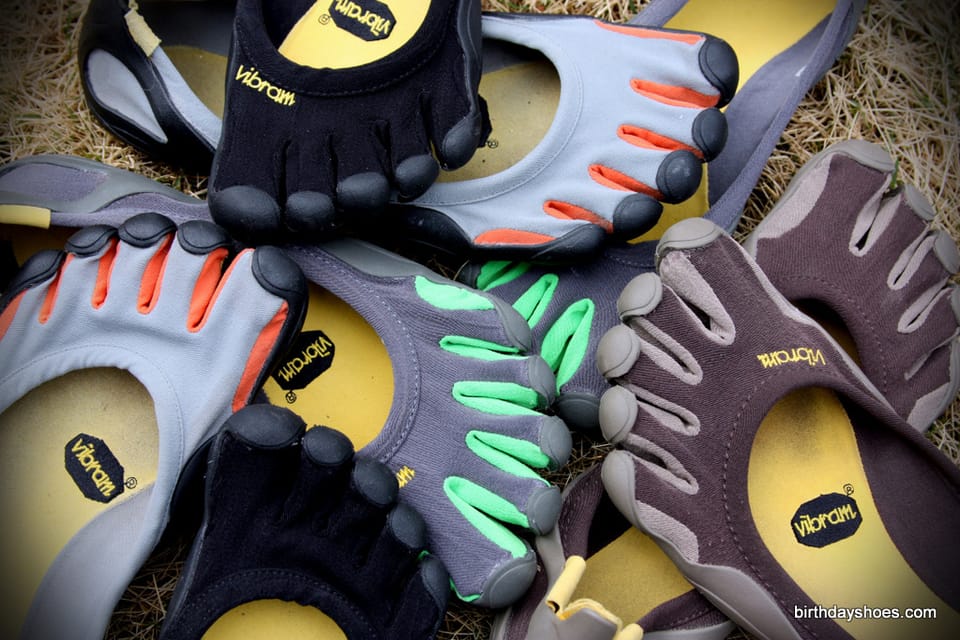Heel-striking in Shoes. A side-by-side video comparison of how you run shoeless and shod.
A side by side video comparison of how one runner's gait changes between running barefoot (employing a forefoot strike) or running in shoes heel-striking.
A follow-up from The Painful Truth about Sneakers comes a video that demonstrate the difference in running techniques naturally employed by someone who either is running barefoot or running with shoes on. Check it out:
[embed]https://youtube.com/watch?v=9itkEkcQ8WM[/embed]
Anyone who has run in their birthday shoes will tell you that heel-striking is not an option when you don't have the plush padding that modern sneakers provide — it's just too jarring and painful. Rather, you seek the ground out with the front part of your foot. From a biomechanical standpoint, this makes an immense amount of sense as every joint from your toes to you pelvis represents a means of compression and shock absorption. Examining the joints in your foot, you've got three per toe, which connect via your arched, shock absorbing foot to one big joint at the ankle. If you heel-strike, which is what happens naturally when you wear tennis shoes, you effectively cut out all of these mechanical shock absorbers.
Obviously, one huge benefit of wearing Vibram FiveFingers over your traditional footwear is that running in your birthday shoes forces you to land on your midfoot and employ all of the shock absorbers that your foot was built to use.
Two more videos on this topic can be found at YouTube here and here (Only watch the first four minutes of this one as it becomes an advertisement after that). And for all you runners, be sure to check out Chris Barbers' new blog, SeriousRunning.com!
(H/T MarksDailyApple for the first vid!)
Related:




